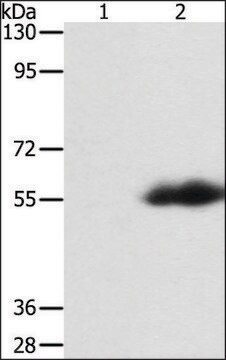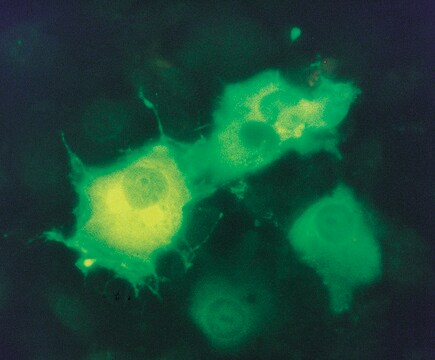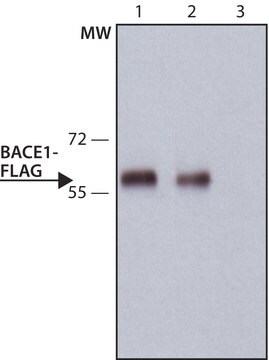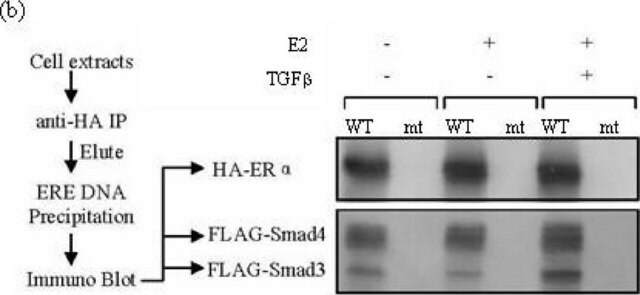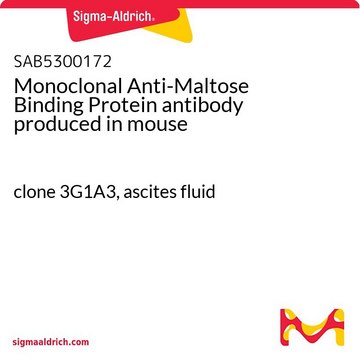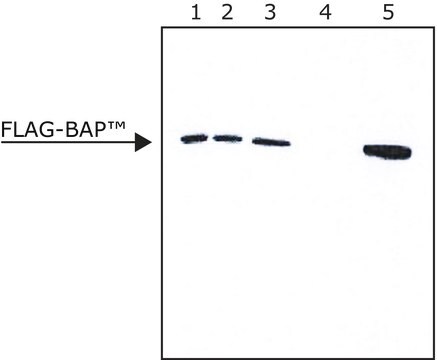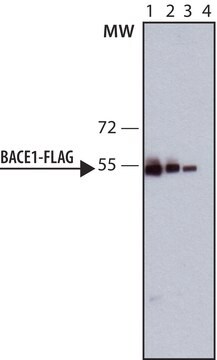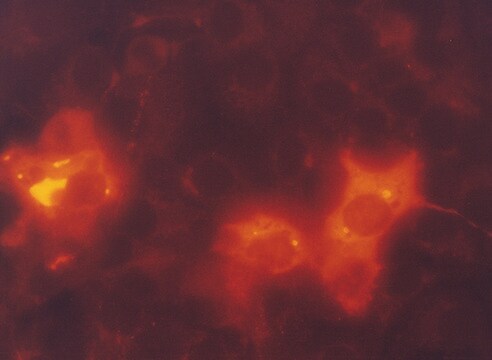F2555
Monoclonal ANTI-FLAG® antibody produced in rabbit
clone SIG1-25, ascites fluid
Synonym(s):
Anti-ddddk, Anti-dykddddk
About This Item
Recommended Products
biological source
rabbit
Quality Level
conjugate
unconjugated
antibody form
ascites fluid
antibody product type
primary antibodies
clone
SIG1-25, monoclonal
technique(s)
immunocytochemistry: 1:125-1:250 using transiently transfected cells expressing FLAG (sequence at the N-terminus)-tagged protein fixed with paraformaldehyde/Triton™ X-100
indirect ELISA: suitable
western blot: 1:250-1:500 using extracts of transiently transfected cells expressing FLAG (sequence at the N-terminus)-tagged protein
isotype
IgG
immunogen sequence
DYKDDDDK
shipped in
dry ice
storage temp.
−20°C
General description
Specificity
Immunogen
Application
- immunofluorescence
- western blot analysis
- immunocytochemistry
- indirect ELISA
Learn more product details in our FLAG® application portal.
Physical form
Legal Information
Not finding the right product?
Try our Product Selector Tool.
Storage Class Code
10 - Combustible liquids
WGK
WGK 3
Flash Point(F)
Not applicable
Flash Point(C)
Not applicable
Personal Protective Equipment
Choose from one of the most recent versions:
Already Own This Product?
Find documentation for the products that you have recently purchased in the Document Library.
Customers Also Viewed
Related Content
Protein and nucleic acid interaction reagents and resources for investing protein-RNA, protein-DNA, and protein-protein interactions and associated applications.
Our team of scientists has experience in all areas of research including Life Science, Material Science, Chemical Synthesis, Chromatography, Analytical and many others.
Contact Technical Service


